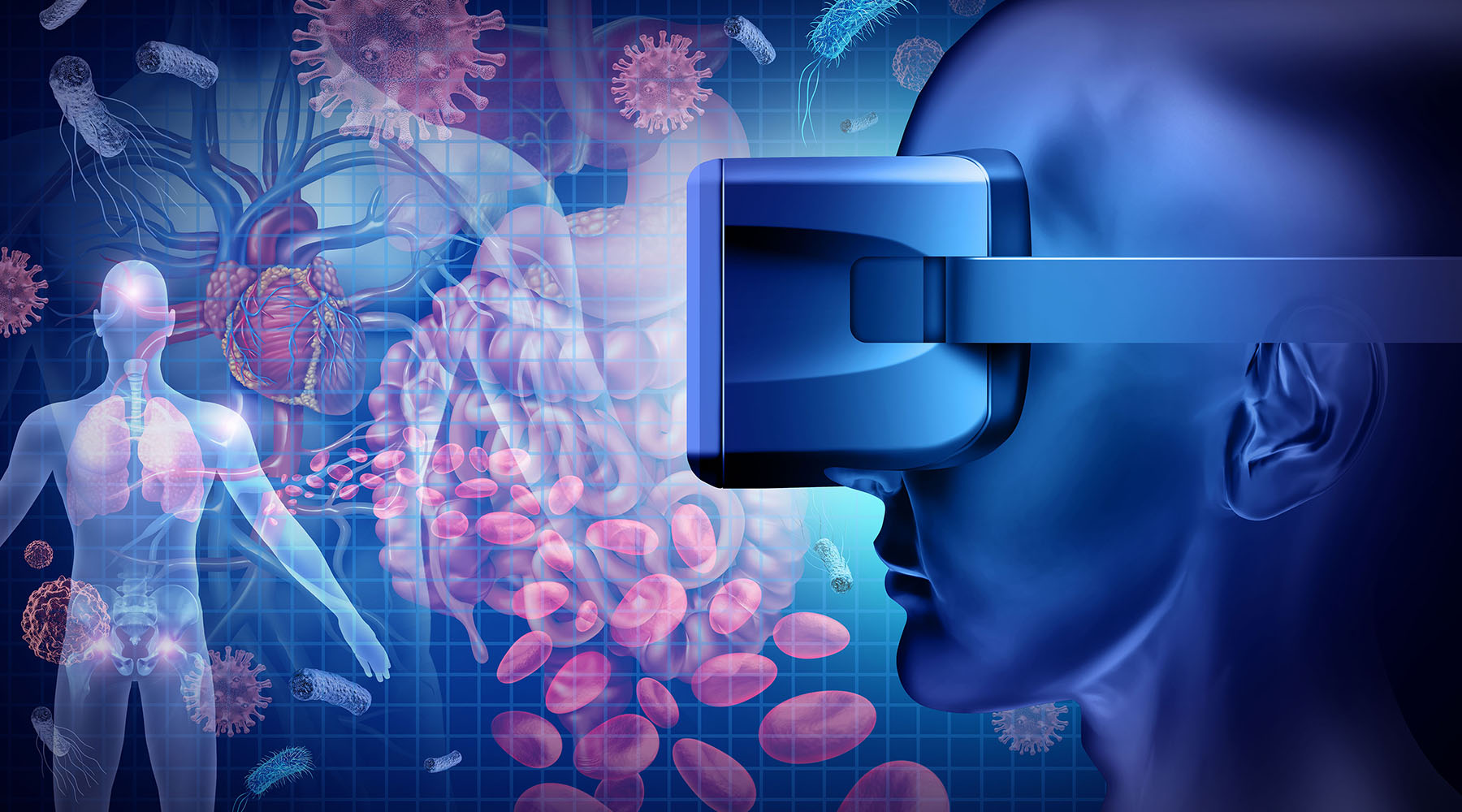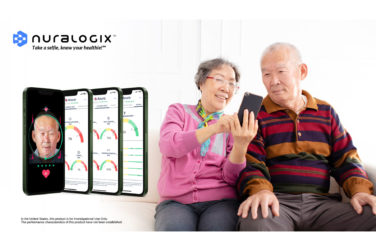We have witnessed change and disruption like no other seen in the modern world during the last two years. The global pandemic impacted so many industries, including pharmaceuticals and healthcare, catapulting us towards a more innovative and digital world. When confronted with a global pandemic, the pharma industry had to adapt quickly—redeploying workforces and streamlining processes to produce essential and life-saving vaccines to be used all around the world.
Conversely, we have seen areas within pharma that were slower to adapt. This was demonstrated with the mothballed role of many reps and medical sales liaisons (MSLs), sitting idle for many months, with the loss of in-person meetings. Pre-pandemic, sales reps and MSLs were often allowed less than five minutes with a healthcare professional (HCP), yet adaptations to make these meetings virtual via Zoom or Teams were never introduced or considered until suddenly in-person meetings were no longer an option.
Once it was realized that the pandemic was going to last a lot longer than people initially expected, a scattergun approach started to manifest with different companies trialing many pilot projects to determine the right course of action. It quickly became apparent that focusing on virtual content gave pharma a fully adaptable asset that could be utilized within the remote world, but could also be a great tool once in-person meetings returned.
Attempts were also made to make conferences happen virtually, where pharma companies tried to recreate physical booths online, but with limited success. Similar to the situation with HCP meetings, pharma recognized how disease education websites could provide a more immersive user journey, engaging people from within the comfort of their own homes and in turn providing a virtual asset with longevity that could add real value.
The most apparent trend that emerged throughout the pandemic was the huge growth in demand for engaging digital solutions, such as medical animation, for educating HCPs and other influential target audiences as well as for product launches. As the pandemic subsides, it has only accelerated the long-term focus of developing more versatile “hybrid” assets that can be used virtually as well as in person.
Overcoming Virtual Fatigue
In the post-pandemic world, it is clear talent wants workplace flexibility; however, with working from home now being the “norm” (at least in some respect), what can companies do to motivate and engage their workforce and keep virtual fatigue at bay? The key is moving away from the root causes of virtual fatigue, which first reared its head during the long solitary periods of remote working. This is almost solely related to endless Zoom meetings that workforces endured in the peak of pandemic life and continue for many of us in our remote or hybrid working lives.
Whether you are engaging your internal workforce or an external target audience, one tried and tested solution to this long-standing issue is providing innovative digital content that your audience can interact with in a more relaxed and informal way. User-led digital solutions that offer a unique learning experience can promote a much deeper level of engagement and understanding. Impactful experiences include things such as engaging video content utilizing stunning 3D visuals to bring the core messages behind complex science to life. Or taking it one step further, where scientific storytelling and medical education can be incorporated into purpose-built interactive apps and experiences such as augmented or mixed reality, providing the user with a completely new learning experience.
One of the main takeaways is that the remote workforce is short on time, patience, and attention. They need something memorable to interact with that disrupts their working day. Key information needs to be provided in a clear, concise, but engaging way that entertains as well as informs. They can be fully immersed in the science at the molecular level, quite literally seeing the processes they are learning about unfold before their eyes.
The Resurgence of Virtual Reality
Being able to captivate and engage is vital when it comes to pharmaceutical marketing and sales. Effective use of time is essential as sales reps have minimal time with HCPs.
Virtual reality (VR) helps the sales representative to have a lasting impact with the HCP and allows the science to be communicated accurately and efficiently, with key details worked into the VR experience so that they no longer have to be reeled off in a traditional sales pitch. Furthermore, including VR within the presentation has shown to increase the sales representative’s time with an HCP by 200% when compared to classic sales aids.
When VR first experienced a mini-boom in interest back in 2016/2017, marketing departments were eager to bring this new technology to their conference booths. However, with every big player using this tech in a similar way, interest soon waned. But that has changed considerably over the last few years, as the new wave of high-quality headsets has become financially accessible to the average person and the recognition that it could well be a component of our daily lives. This is clearly being pushed by people like Mark Zuckerberg, who has vocalized the idea of everyone owning Oculus VR headsets to enter his vision of the Metaverse.
The Metaverse and its Future in Pharma
The promotional material being produced by Meta suggests that the Metaverse will be an avatar-led experience, where we can all walk around and interact in some sort of virtual world. This sort of approach was being pushed by various pharma companies and agencies during the pandemic, believing the physical experience of a conference could be recreated online with visitors walking around like we would typically do, as seen in the computer game Roblox. Whether this was a half-baked idea that was hastily scrabbled together or something that people were not ready for, it didn’t work in the way people thought it would, with woeful booth traffic in many cases. But it does seem that this virtual world may become inevitable, in whatever form that may be.
Judging by what we have witnessed so far in our sector, we feel that the Metaverse is going to be less of a literal recreation of life and something a lot more abstract. For starters, it allows you to explore worlds that you wouldn’t usually have access to, such as traveling inside the human body where we can see disease develop at the molecular level in real time. The advances in games engine technology over the last couple of years, as seen with Unreal and Unity, has brought a real acceleration in the level of detail and quality that is close to matching the standard approach of high-end animation.
However, the real barrier to this new content is making it accessible to a broad audience, so it can easily be played back on simple devices such as a Chromebook, rather than someone’s gaming PC. Once resolved, this will provide an entry point for all, where people can visit a website and explore these new worlds. The next step in this journey could be through the broad adoption of VR headsets at home or the launch of the next generation of headsets in the mixed reality space. Only time will tell, but currently, the Metaverse is using VR and augmented reality (AR) technologies to connect users in virtual environments.
Mixed reality has also been spoken about for a long time with headsets such as Microsoft’s HoloLens and the Magic Leap. Rather than being transported to a whole new world like in VR, mixed reality augments the world around you, so that content can pop up out of the floor or appear on a wall. The major issue is these headsets are currently not that user friendly with the field of view being very limited, something that has to be sorted before it is a viable option in the pharma space. The rumor is that Apple is preparing a launch within this space, and if that is the case, the assumption is that it will overcome many of the issues that plague the current devices. In the long term, expect a convergence of technology where a single headset can provide both fully immersive VR as well as mixed reality.
Impact of New Technology on Pharma
So what impact is this new technology going to have in the world of pharma? Firstly, it is going to allow people to journey into new worlds, such as inside the body where they can see diseases develop and how they can be treated first-hand. Secondly, it is going to allow for more engaging content, where the next generation of reps and MSLs can pull up data in real-time, presenting information in a much more interactive and visual format, rather than the reams of slide decks they currently default to. Finally, the interactive content will be in a format that can be explored by an HCP in their own time.
The long-term expectation is that everyone will have a mixed reality headset in their own home, where they can search for content organically, prolonging the experience in which they engage with promotional material, rather than the rushed five-minute experience with an MSL. For this to work, the content has to be good enough and provide real value, rather than the gimmicks of old. The potential is there, but only time will tell as to when this will be realized and if pharma will be ready for it.







